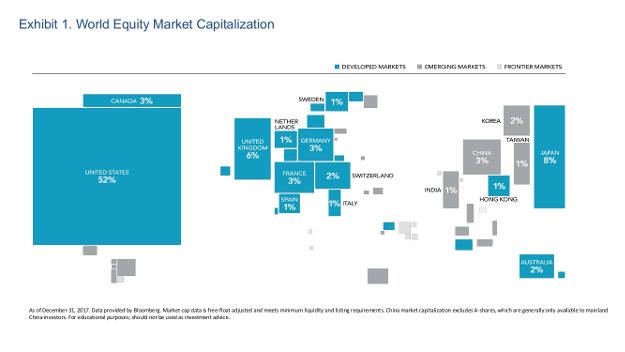
Winter 2020
It can be easy for investors to feel overwhelmed by the relentless stream of market news.
Headlines
Being bombarded with data and headlines presented as impactful to your financial well-being can evoke strong emotional responses from even the most experienced investors. These headlines from the “lost decade”—1999 to 2009—illustrate why some investors questioned their approach:
- May 1999: Dow Jones Industrial Average Closes Above 11,000 for the First Time
- March 2000: Nasdaq Stock Exchange Index Reaches an All-Time High of 5,048
- April 2000: In Less Than a Month, Nearly a Trillion Dollars of Stock Value Evaporates
- October 2002: Nasdaq Hits a Bear-Market Low of 1,114
- September 2005: Home Prices Post Record Gains
- September 2008: Lehman Files for Bankruptcy, Merrill Is Sold
Decade in Review
Ten years ago, in early 2010, you may have wondered whether to stick with your investment plan or move into cash and wait for more evidence that the markets have recovered. Fast-forward to today and consider what the global equity markets delivered to investors who stayed the course.
On a total return basis, global stocks more than doubled in value from 2010 to 2019. The MSCI All Country World IMI Index, which includes large and small cap stocks in developed and emerging markets, had a 10-year annualized return of 8.91%. From a growth-of-wealth standpoint, $100,000 invested in the stocks in the index at the beginning of 2010 would have grown to $230,473 by the end of 2019.1
Markets can be volatile. So it’s important to recognize that doing nothing may feel paralyzing in the moment. When faced with short-term noise, it is easy to lose sight of the potential long-term benefits of staying invested. While no one has a crystal ball, adopting a long-term perspective can help change how you view market volatility and help you look beyond the headlines.
The Value of a Trusted Advisor
Part of being able to avoid giving in to emotion during periods of uncertainty is having an appropriate asset allocation aligned with your willingness and ability to bear risk. It also helps to remember that if returns were guaranteed, you would not expect to earn a premium. Creating a portfolio that you are comfortable with, understanding that uncertainty is part of investing, and sticking to a plan should ultimately lead to a better investment experience with the highest probability of achieving your goals.
However, as with many aspects of life, we can all benefit from a bit of help in reaching our objectives. The best athletes in the world work closely with a coach to increase their odds of winning, and many successful professionals rely on the assistance of a mentor or career coach to help them manage the obstacles that arise during a career. Why? They understand that the wisdom of an experienced professional, combined with the discipline to forge ahead during challenging times, can keep them on the right track. The right financial advisor can play this vital role for an investor.
A financial advisor can provide the expertise, perspective, and encouragement to keep you focused on your destination and in your seat when it matters most. A recent survey conducted by Dimensional Fund Advisors found that, along with progress towards their goals, investors place a high value on the sense of security they receive from their relationship with a financial advisor.
Exhibit 2. How Do You Primarily Measure the Value Received from Your Advisor?
Dimensional Fund Advisors. The firm surveyed almost 19,000 investors globally to help advisors who work with Dimensional better understand what is important to their clients.
Having a strong relationship with an advisor can help you better prepared for the ups and downs of the market. The right financial advisor can bring discipline and perspective, qualities that can give you a sense of security and calm.
Footnotes
- Source: MSCI. In U.S. dollars, net dividends. MSCI data © MSCI 2020, all rights reserved. Index is not available for direct investment. Performance does not reflect the expenses associated with management of an actual portfolio.






